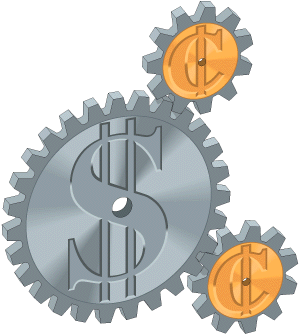
Driving traffic to your website is only one side of the coin; once you’ve got visitors there you then need to get them onto your list! Having a sign-up box on your website detailing your ‘free taste’ in exchange for their name/email address is one way that you can do this, but deciding WHERE to place your all-important sign-up box for maximum impact is also just as important.
Depending on whether your page is a sales page, an information page, or some other type of web page will determine the strategy you use for enticing your web site visitors to sign up to your list.
I’d like to share three different, but very effective, sign-up page strategies with you.
1. At The Top Of Every Web Page
Your sign-up box should appear at the top of every single webpage on your website – the top right-hand corner has been researched to be the most effective place to put this.
Why?
Because you never know where someone will enter your website from. As your site grows and more pages get added, it will be getting picked up by the search engines for different terms or key phrases – and they might be phrases that aren’t on your home page, but on one of your other pages instead.
Someone could enter your website and leave via the same page (in other words they don’t stop to look around), and if you haven’t got a sign-up box on that page, you’ve got no chance of getting their name and email address – and they won’t know you offer a ‘free taste’.
2. Using Exit Grabber Software
Another sign-up strategy that I’m currently using is Exit Grabber software. This is a clever piece of software that knows when a visitor is about to leave my website and only pops up just before they leave.
The popup box reminds a visitor not to leave without first grabbing their free report.
3. Adding A PS To A Sales Page
Internet marketers have done their research and the conclusion is that a lot of visitors to your sales page are going to scroll straight down to the bottom of your sales page first to read your PS’s!
So, if the first two strategies aren’t suitable for a particular page on your website or one of your sales pages, be sure to include a PS that tells your visitor what your ‘free taste’ is. And rather than include the sign-up box in the PS, provide a hyperlink that takes them to your sign-up page.
All three sign-up page strategies offer something slightly different, depending on your particular web page, and are very effective for getting your web site visitors to sign up to your list.
So once you’ve got traffic coming to your website ensure that you’re capturing your visitor’s information by implementing at least one of the three different strategies I’ve shared with you today.



